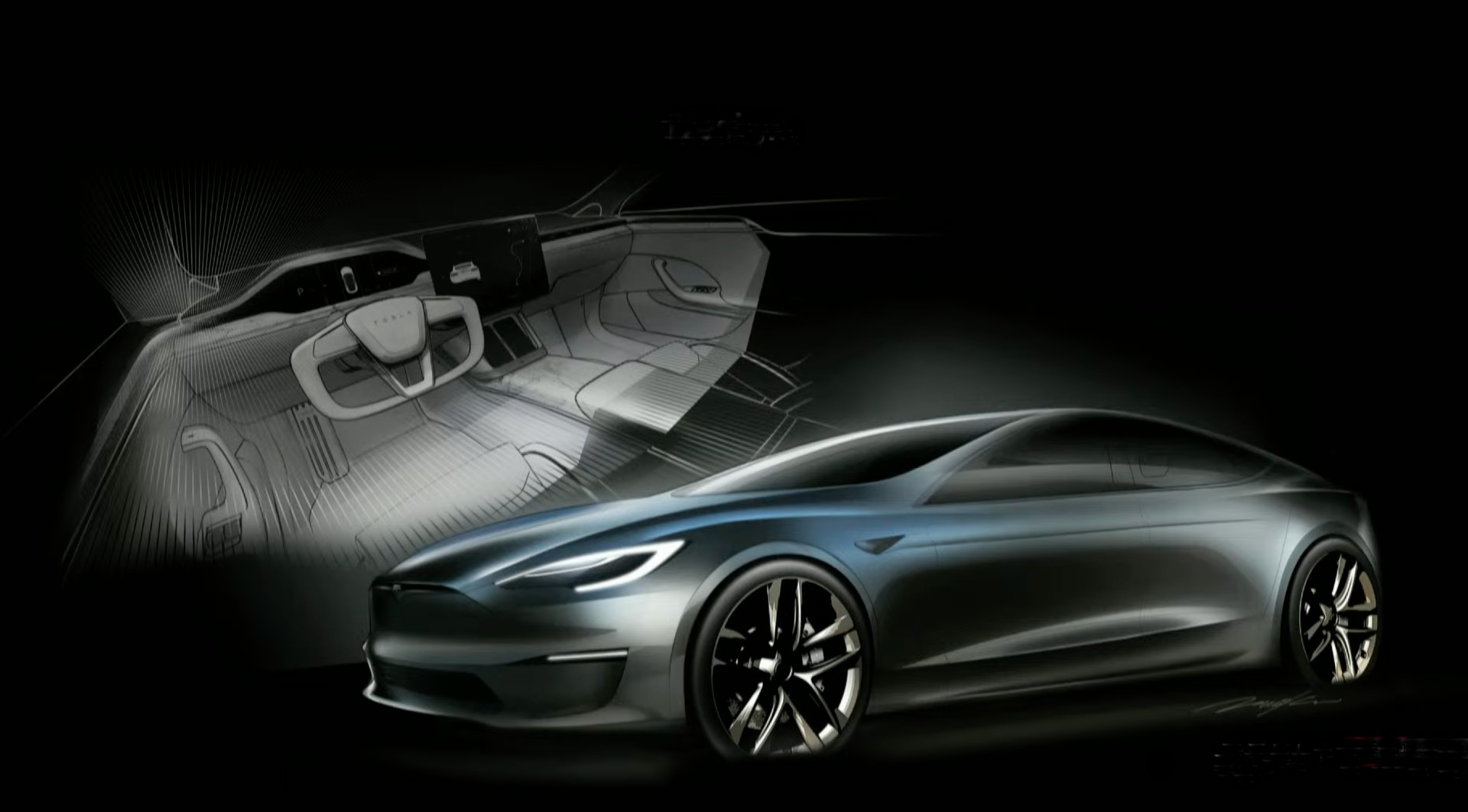Why Teslas Recent Battery Decision Is Groundbreaking

Monday, October 25, 2021 | Chimniii Desk
Key Points
Tesla said that it manufactured 237,823 vehicles (+64 percent) and delivered 241,391 vehicles (+73 percent) in Q3, generating $1.3 billion in free cash flow and $16 billion in cash and cash equivalents. Tesla's report contained further good spots: Revenue of $13.76 billion was a 56.9 percent year-over-year rise, while GAAP net income of $1.6 billion represented a 389 percent year-over-year gain. Tesla stated in its most recent investor presentation that it is replacing the battery chemistry for all standard-range Model 3 and Y vehicles from nickel cobalt aluminium (NCA) to an older, lithium iron phosphate (LFP) chemistry. Tesla debuted LFP batteries in its standard-range Model 3s in China last year, lowering the starting price to 249,900 yuan ($38,773). However, Tesla will be able to deploy them in the critical US market in 2020 after receiving authorisation from the Chinese government to use LFP batteries in Chinese-made BEVs.
Advertisement

Tesla Inc. (NASDAQ:TSLA), the EV kingpin, has given another fantastic earnings report, reiterating its status as one of the few electric vehicle manufacturers prepared to challenge the ICE hegemony. For years, sceptics and short sellers such as Citron Research were eager to wager the farm that Elon Musk's high-wire performance would fail miserably, with the predetermined outcome being bankruptcy or sale.
However, those suspicions have been short-lived: the rapid-fire corporation has been able to incorporate its large-scale manufacturing capabilities into Musk's inspired improvisation, bringing the company closer to its goal of producing a million electric vehicles per year.
Tesla said that it manufactured 237,823 vehicles (+64 percent) and delivered 241,391 vehicles (+73 percent) in Q3, generating $1.3 billion in free cash flow and $16 billion in cash and cash equivalents. Tesla is already within striking reach of the magical 250K quarterly deliveries required to become the first EV manufacturer to sell a million units in a single year. Tesla is now the world's best-selling electric car manufacturer, having sold almost 421,000 units in the first half of 2021, equivalent to a roughly 15% market share, followed by Volkswagen Group and General Motors.
Tesla's report contained further good spots: Revenue of $13.76 billion was a 56.9 percent year-over-year rise, while GAAP net income of $1.6 billion represented a 389 percent year-over-year gain.
However, one line item captured the attention of Wall Street: Tesla's profit margins.
Automotive gross margin came in at 30.5 percent, compared to the consensus estimate of 28.4 percent; it was 27.7 percent last year and 28.4 percent previous quarter. Tesla achieved the large margin improvement despite a 6% decrease in the average selling price of a vehicle owing to model mix changes and cost reductions.
What significance does this have? Morgan Stanley summarises the situation succinctly:
"Tesla reported an unexpected 23.3 percent Adjusted EBITDA margin, owing to a fluctuating 37 percent vehicle gross margin year over year (ex ZEV). EBITDA on an annualised basis is surpassing $13 billion in the third quarter... achieving the size of General Motors and Ford, although having a fraction of the revenue."
Indeed, Tesla today has one of the greatest operating margins in the automotive industry, at nearly 15%.
However, the EV company may be able to boost its already strong margins further by deploying low-cost, cobalt-free batteries in its vehicles.
Batteries LFP
 Pic: Tesla Model 3's LFP prismatic battery pack
Pic: Tesla Model 3's LFP prismatic battery packTesla stated in its most recent investor presentation that it is replacing the battery chemistry for all standard-range Model 3 and Y vehicles from nickel cobalt aluminium (NCA) to an older, lithium iron phosphate (LFP) chemistry.
Not only do LFP cells have a significantly longer usable lifetime, they are also significantly less expensive than NCA or nickel manganese cobalt (NMC) cells. The primary disadvantage of LFP batteries is their lower energy density. However, LFP batteries make up for this weakness by significantly reducing thermal runaway during a crash, which means an LFP battery pack requires significantly less volume for cooling and structural protection to keep the cells separated.
Numerous electric buses in China are already equipped with LFP batteries. Tesla debuted LFP batteries in its standard-range Model 3s in China last year, lowering the starting price to 249,900 yuan ($38,773). Elon Musk, Tesla's CEO, disclosed that the increasing energy density of LFP batteries now enables the company to deploy the less expensive, cobalt-free batteries in its lower-end vehicles, freeing up more lithium-ion battery supplies for Tesla's other models.
Until date, intellectual property limitations have restricted the use of LFP cells to China. However, Tesla will be able to deploy them in the critical US market in 2020 after receiving authorisation from the Chinese government to use LFP batteries in Chinese-made BEVs. Indeed, following a strong response in the United States, Tesla is making the conversion to LFP mandatory in all of its markets.
Bloomberg NEF, a clean energy researcher that has been studying battery costs among other things, revealed last December that battery costs have fallen below the $100 per kWh level for the first time ever. In China, a critical milestone was reached for battery packs intended for electric buses.
The $100 per kWh battery cost price point is often considered as the Holy Grail in the electric car business, as it is vital for wider adoption of electric vehicles by making them cost competitive at the sticker price, which remains a significant psychological hurdle for many customers. Typically, the powertrain accounts for more than 70% of the cost of an EV. Tesla's LFP conversion not only results in increased profits, but also accelerates the company's race to $100 per kWh, resulting in longer growth runways.
Advertisement